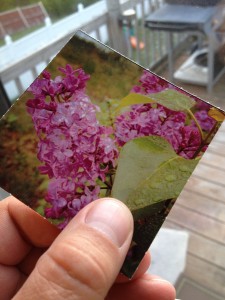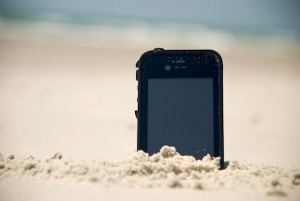
iPhone abuse?
Listen to the feature segment in episode 13 of the Tiny Shutter to hear more about my experience with the Life Proof Case.
Recently, I went on vacation to the beach in North Carolina. I was going to be spending some time with my 1-year old niece also. I knew that my phone would be the main way that I would record photos and videos on this trip, but I worried that the sand and the water would be the demise of my phone. After a bit research, there seemed to be only one choice of phone protection: LifeProof.
The LifeProof case bills itself as being waterproof, snow proof , dust proof and shock proof. Snow proof seems a bit redundant (snow is water after all), but I’ll certainly test that claim next winter. The case is a 2-piece case with an o-ring seal. It snaps tightly together and the o-ring forms a waterproof barrier. LifeProof claims that the case is waterproof down to 6.6 feet for an unlimited amount of time. Before testing the case with my phone in it, I snapped the case together, and then submerged it in my sink for 1 hour. After drying off the outside of the case I took it apart to inspect it. No water inside! So far so good.
The case allows full use of all the iPhone functions. I found that the touch-screen functions almost as well as no case at all. The only time the touch-screen will not work is when the phone is under water. The phone comes with a screw-in plug that seals the headphone jack. The Apple iPhone headphones will fit without an adaptor, but most other headphones will require the supplied adaptor. I use my headphones often, and at first I was annoyed with this minor inconvenience, but I quickly got used to it. The charging/data port is also sealed with a waterproof “door”. The Apple 30-pin connector will fit without any trouble, but if you use a speaker dock or 3rd party connector, you might need an adaptor. Again, a minor inconvenience, but not a big deal. Another plus to this case? It’s thin! I got used to the bulk that my old Otterbox added to my phone, but this case only adds 1/16″ to the thickness of the phone! I love have a thinner phone in my pocket.
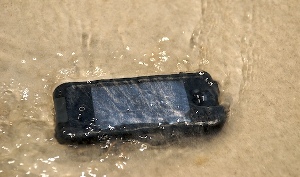
Surfing iPhone!
This case was not created specifically with iPhoneography in mind, but it does have a feature that helps. There is no tripod socket, but the rear-facing camera is covered by real glass, with an anti-reflective coating. Nice! The l.e.d flash and the front facing camera are also fully functional with this case. If you take a lot of photos outdoors (hiking, kayaking, biking) then the level of protection that this case offers is definitely a great feature.
So I know you’re all wondering… does it live up to its claims? Well, yes! The first thing I did was bury the bottom 3rd of the phone in the sand. I checked the seals and they had no sand in them. Then it was off to the ocean. I laid the phone down in the surf and let the ocean repeatedly wash over the phone for a few minutes. I did this test for 5 days. Every day after my time at the beach, I would wash the outside of the case off in the sink with running water, to get the sand off. I pulled the case apart a few times to check the inside. Never, not once, was there ever any water or sand inside the case!
So what don’t I like about it? Having to use adaptors for headphones and speaker docks is kind of annoying. I’m getting used to it. The phone screen collects oils from your grubby hands. It needs daily cleaning with the supplied lint-free cloth. The case is extremely hard to get apart. If you like to change cases often, then this might be a deal breaker. LifeProof recommends not taking the case apart very often in order to not wear out the seal prematurely.
All in all, I love the LifeProof case and I highly recommend it. The case retails on the LifeProof website for $79.99, but a bit of poking around on the interwebs will get you a cheaper price. Whew! That’s a lot to say about an iPhone case! How many times did I use the word “proof” and how many times did I use hyphens?


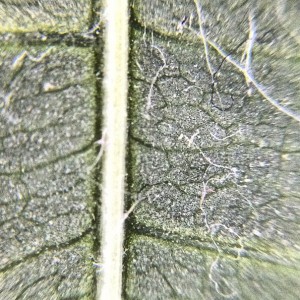

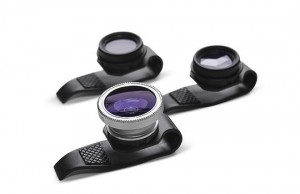
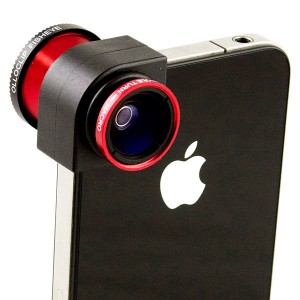



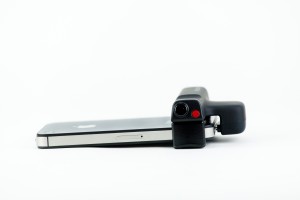 When I saw the
When I saw the 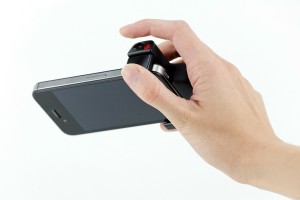 The Cons – This grip can only be used with the Belkin LiveAction Camera app, and this is a huge HUGE drawback. In retrospect it makes perfect sense that the grip wouldn’t be able to operate other camera apps, and I can be understanding of that. But the Belkin camera app is more basic then even the standard ‘Image Picker Camera’ that other apps default to. I will even go so far as to call the app an outright fail. Sadly a good product in the grip is completely marginalized by an app that seems like it could’ve been coded by a grade school kid. The app is glitchy, slow, and I’ve read reports of incessant crashing from some users.
The Cons – This grip can only be used with the Belkin LiveAction Camera app, and this is a huge HUGE drawback. In retrospect it makes perfect sense that the grip wouldn’t be able to operate other camera apps, and I can be understanding of that. But the Belkin camera app is more basic then even the standard ‘Image Picker Camera’ that other apps default to. I will even go so far as to call the app an outright fail. Sadly a good product in the grip is completely marginalized by an app that seems like it could’ve been coded by a grade school kid. The app is glitchy, slow, and I’ve read reports of incessant crashing from some users.